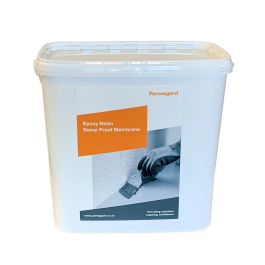- Joined
- 10 Jul 2023
- Messages
- 6
- Reaction score
- 0
- Country

Hi all,
Wondering if anyone can advise please. I've attached a photo of our kitchen as it is now. The dark area round the far wall and right hand wall used to be part of the garage, which has just been filled with concrete. I have some queries/concerns with how things have been done but I don't want to annoy the builders by 'meddling'.
I'm concerned that they have built the stud walls from the garage floor level, including OSB on the internal face which the concrete has been poured against, I have a worry that the moisture will damage the OSB.
The builders did put a DPM in under the stud walls and left it trailing out, into the kitchen, my understanding was that the concrete would be poured on top of this, but a separate builder came in to pour the concrete and cut this DPM right at the base of the stud wall. As far as I'm concerned the existing garage had no DPM and I could visibly see damp areas on the surface of the garage floor, now I'm worried that could soak up through the new concrete.
I'm also concerned the plaster is touching or even embedded in the concrete at points, is this a problem?
Am I right to be worried? Could they somehow have sealed the floor and walls before pouring? As I said I don't want to appear to be meddling but I don't want to install tiles and a new kitchen if I could face potential problems in the future.
Cheers

